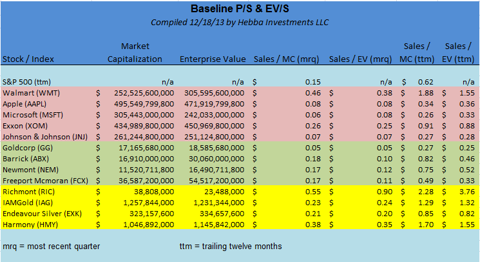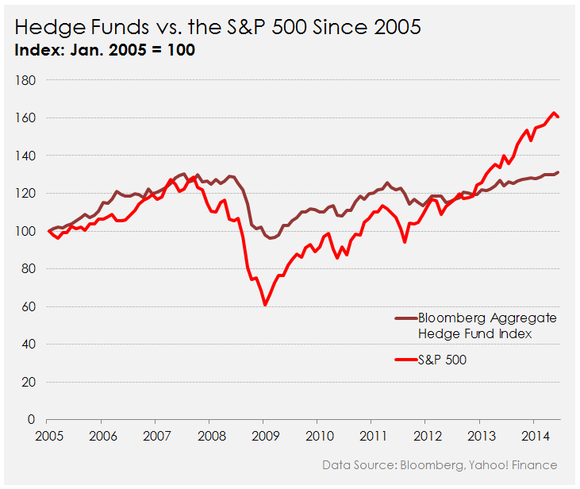Some alternatives to investing in the S&P 500 are cheaper
Post on: 31 Май, 2015 No Comment

Q: Are there any benefits to investing in the Russell 1000 index as apposed to the Standard & Poor’s 500 to get exposure to large U.S. companies?
A: When most investors think about investing in an index that tracks stocks of large U.S. companies, the Standard & Poor’s 500 comes to mind.
The S&P 500 comprises 500 of the largest U.S. companies as selected by the index’ owner, McGraw-Hill’s Standard & Poor’s. S&P has a team of experts who routinely prune the S&P 500 so it contains vibrant and relevant companies.
The ubiquitous nature of the S&P 500 makes it a natural basis for investment. The index is widely followed by investment companies, in newspapers and on financial websites. The S&P 500 is the basis of one of the most popular exchange-traded funds (ETFs) that own large U.S. companies, the SPDR S&P 500 ETF (SPY).
But is the S&P 500 perfect? Certainly, not. For one thing, there are more than 500 large companies in the USA. So by owning just the S&P 500, you’re potentially missing out on some lesser-known companies that could be big gainers. And because the S&P 500 is so popular, there is a bit of gaming by professional traders to try to anticipate changes to the S&P 500 and get in front of any resulting trading, which can be substantial. That can cause a performance hit. These are concerns to be aware of.
There are other indexes that track shares of large U.S. companies. The index you mention, the Russell 1000, is a good example. The Russell 1000 contains the 1000 largest U.S. companies as selected by Russell Investments. a research firm. And there’s a solid argument to be made that an index containing 1000 companies provides a better sample than one with 500.
But for investors, it’s harder to make the case for why investing in an index fund or ETF that tracks the Russell 1000 is better than the S&P 500. For one thing, the two indexes behave similarly, if not identically.
USATODAY.com’s ETF center lets you compare the performance of the iShares Russell 1000 Index (IWB) with the SPDR S&P 500 (SPY). Since 2000, the performance of the two indexes is practically indistinguishable, as you can see in the chart at left.

Since the Russell 1000 is less mainstream, investing in it is slightly more expensive. The SPDR S&P 500 ETF carries an annual expense ratio of 0.09%, as you can see here under Key Stats. By contrast, the expense ratio on the iShares Russell 1000 Index is more than 50% higher, at, at 0.15%, as you can see here .
One of the reasons for investing in an index is to cut expenses. So, it’s hard to justify the higher fee on the Russell 1000 fund, given that you’re not really gaining anything in terms of performance.
However, if the S&P 500 is too mainstream for your taste, there’s a case to be made for investing in Vanguard’s take on large U.S. assets. The Vanguard Large Cap ETF (VV) charges just 0.07%, which provides a slight savings over the SPDR fund. The fund doesn’t track the S&P 500, it is designed to track the performance of the MSCI U.S. Prime Market 750 Index .
Matt Krantz is a financial markets reporter at USA TODAY and author of Investing Online for Dummies and Fundamental Analysis for Dummies. He answers a different reader question every weekday in his Ask Matt column at money.usatoday.com. To submit a question, e-mail Matt at mkrantz@usatoday.com. Click here to see previous Ask Matt columns. Follow Matt on Twitter at: twitter.com/mattkrantz














